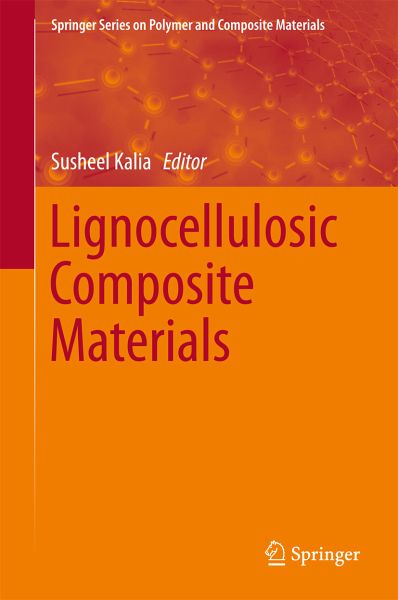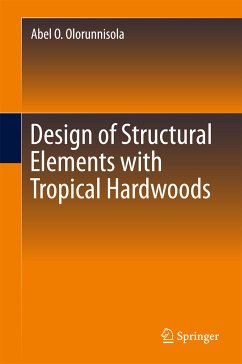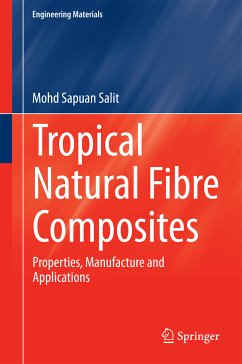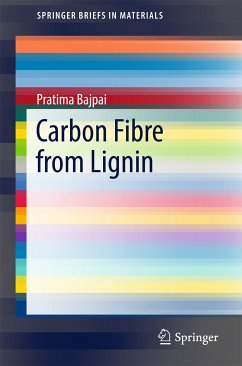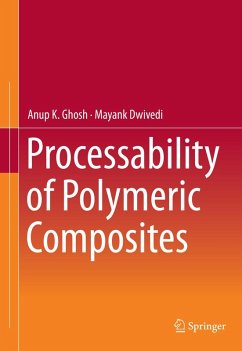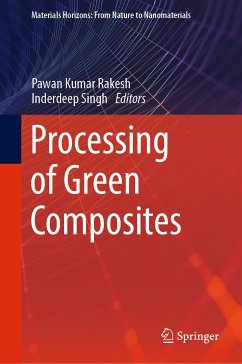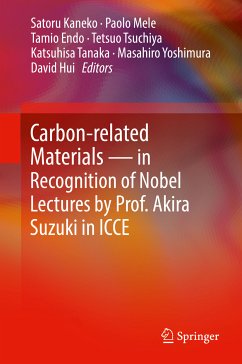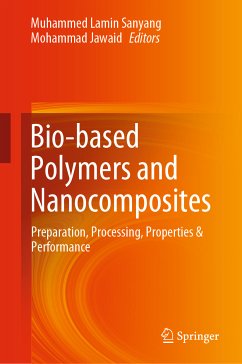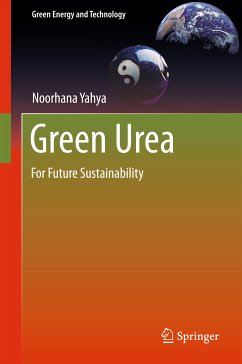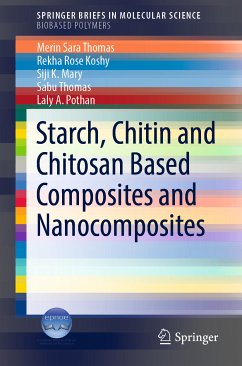Susheel Kalia is Associate Professor & Head of the Department of Chemistry at Army Cadet College Wing of the Indian Military Academy Dehradun. He was visiting researcher in the Department of Civil, Chemical, Environmental and Materials Engineering at University of Bologna, Italy, in 2013, and held a position as Assistant Professor in the Department of Chemistry, Bahra University, Solan, India until 2015. His research interests include polymeric composites, bio- and nanocomposites, conducting polymers, nanofibers, nanoparticles, hybrid materials, hydrogels, and cryogenics, and are documented in more than 65 research papers in international journals, over 80 conference contributions (incl. numerous invited contributions) and several book chapters. Kalia is an experienced book editor, and he has edited a number of successful books (with Springer and other publishers), such as "Cellulose Fibers: Bio- and Nano-Polymer Composites", "Polymers at Cryogenic Temperatures", or "Polysaccharide Based Graft Copolymers". Kalia is the main editor of the "Springer Series on Polymer and Composite Materials". In addition he is a member of a number of professional organizations, including the Asian Polymer Association, Indian Cryogenics Council, the Society for Polymer Science, Indian Society of Analytical Scientists, and the International Association of Advanced Materials.
